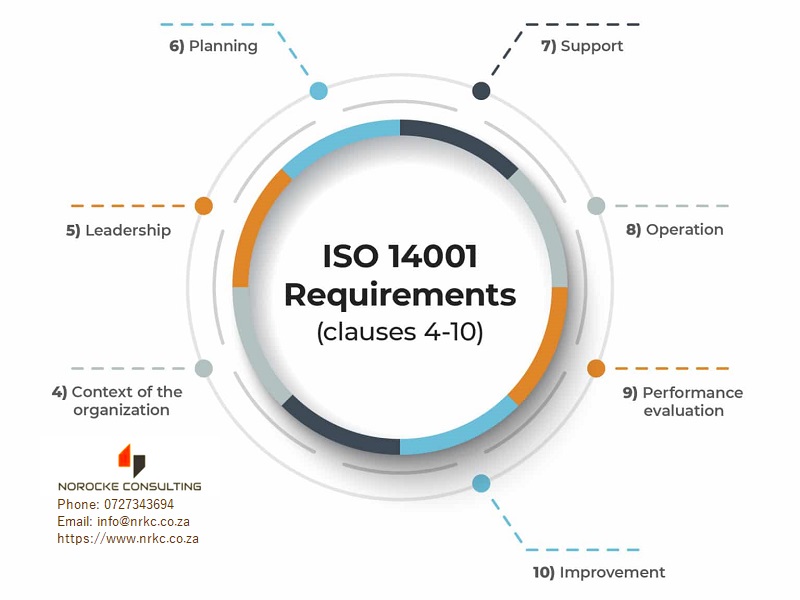Implementing the ISO 14001 environmental management standard is more than just a box-checking exercise; it’s a strategic move that can drive long-term sustainability and business success. While the framework provides a clear path, a truly successful implementation requires a thoughtful and proactive approach. Here are seven key recommendations to ensure your journey to ISO 14001 certification is smooth and impactful.
1. Secure Top Management Commitment
This is the most critical step. Without the full backing and active participation of top management, the implementation will likely fail. Leaders must not only provide resources but also champion the cause, integrating environmental management into the company’s core business strategy. Their visible commitment signals to employees that this is a serious and valued initiative, not just another project.
2. Form a Dedicated and Cross-Functional Team
An effective implementation requires a team with diverse perspectives. Assemble a team with representatives from different departments, such as operations, HR, finance, and marketing. This ensures that all relevant aspects of the business are considered and that the new processes are seamlessly integrated across the organization.
3. Conduct a Thorough Gap Analysis
Before you start building, you need to know where you stand. A comprehensive gap analysis compares your current environmental practices against the requirements of ISO 14001. This process identifies areas that need improvement and helps you create a realistic and prioritized action plan. It’s the blueprint for your entire implementation project.
4. Engage and Educate Your Employees
Your people are your most valuable asset. Employee engagement is crucial for a successful EMS. Provide training to all employees to help them understand the “what” and the “why” of the ISO 14001 standard. Explain how their daily actions contribute to the company’s environmental goals. When employees feel ownership, they are more likely to embrace the changes and contribute to continuous improvement.
5. Start with a Pilot Project
Don’t try to change the entire organization at once. Consider implementing the EMS in one specific department or a single facility first. A pilot project allows you to test your processes, identify potential issues, and refine your approach before a full-scale rollout. This “learn-as-you-go” strategy minimizes disruption and increases the likelihood of success.
6. Focus on Continual Improvement (The PDCA Cycle)
The heart of ISO 14001 is the Plan-Do-Check-Act (PDCA) cycle. This framework ensures that your EMS is not a one-time project but a continuous process of improvement.
- Plan: Set environmental objectives and processes.
- Do: Implement your plan.
- Check: Monitor and measure the results.
- Act: Take corrective action to improve performance. This cycle ensures your EMS remains relevant and effective over time.
7. Choose the Right Registrar and Auditor
Selecting the right third-party registrar for your certification audit is a critical final step. Look for an accredited registrar with experience in your industry. A good auditor will not only verify compliance but also provide valuable insights that can help you further improve your environmental performance.
By following these recommendations, your organization can move beyond mere compliance to a truly embedded culture of environmental responsibility, leading to a more sustainable and resilient business.

